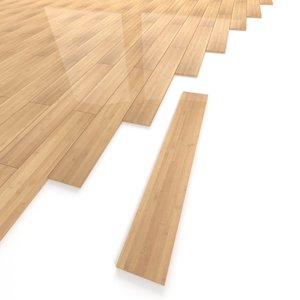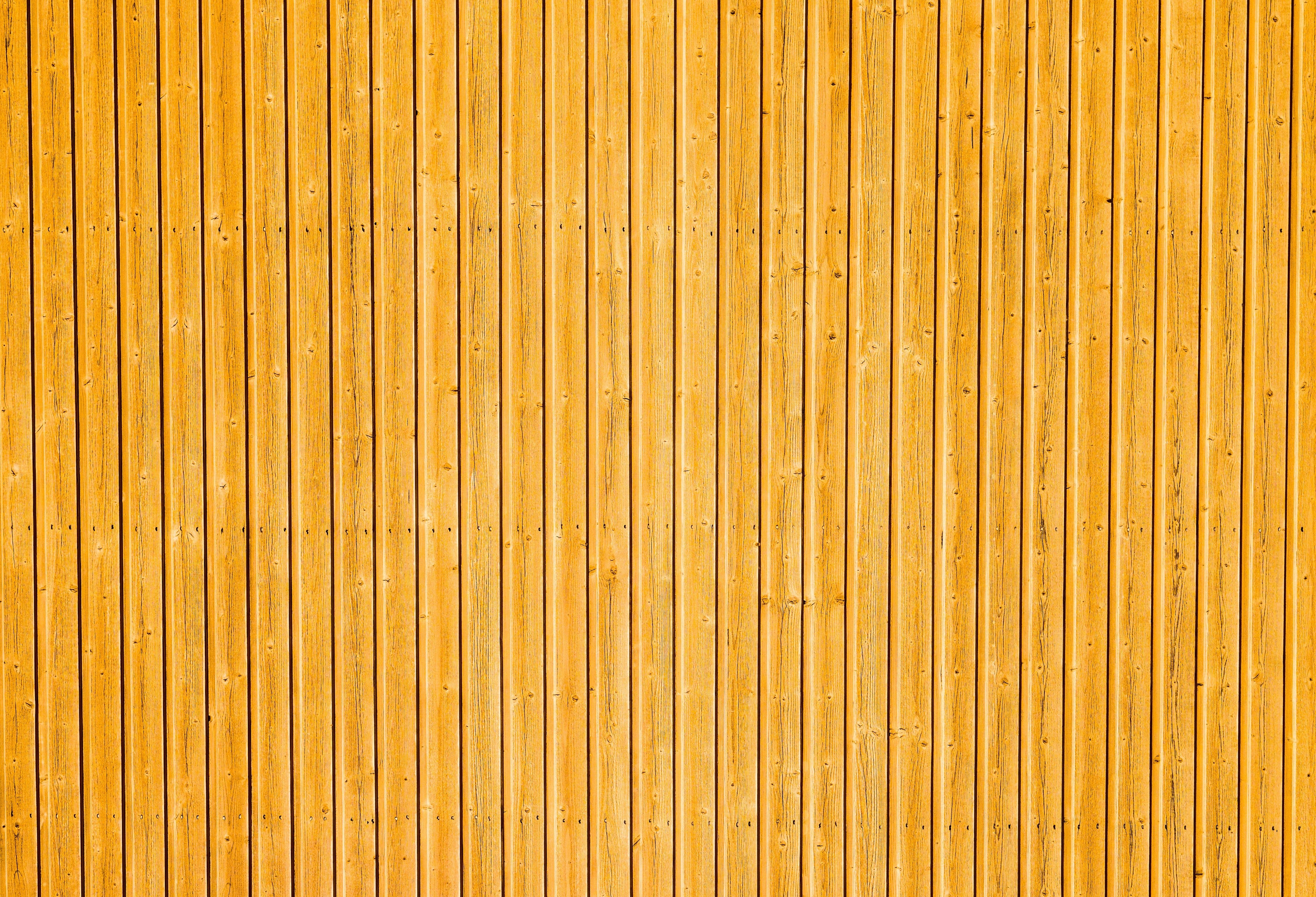When a product category grows 311%, it is definitely worth a closer look. Bamboo (glued) floors were the largest growth category reported in WarmlyYours Radiant Heating’s “WarmlyYours Radiant Heating Q2: 2014 Industry Report,” which you can read here. The environmentally friendly flooring option generated the most Q2 2014 growth in sales revenues compared to Q2 2013, growing a noteworthy 311%. (Wood (Glued) was the second-largest growth category, up 196% compared to Q2 2013 numbers.)
Bamboo floors are a fast-growing trend in the flooring industry due to many positive benefits appealing to today’s homeowners. Notably, bamboo floors are an inexpensive alternative to hardwood floors, with some estimates reporting costs of 25% to 50% less than hardwood. Another suggested bonus is that the flooring is ideal for allergy sufferers as it does not promote dust or harbor dust mites. Homeowners report choosing bamboo because it is long lasting, easy to clean, and environmentally friendly since bamboo is a renewable crop and grows so quickly.
Bamboo flooring can be a great option over electric floor heating (EFH) systems such as those offered by WarmlyYours. However, not every bamboo flooring product offered by every manufacturer or dealer will work. Making the choice of which bamboo flooring to select does require some special care and installation considerations.
To be happy with your decision to go with bamboo over EFH, keep these three things in mind.
1. Select a Product Rated for Use with Electric Floor Heat

First, make sure you choose a bamboo floor from a manufacturer that specifically rates the material for use with electric floor heating. Unless the flooring is rating for use with EFH, there can be issues with it in the long term.
“The main thing [for a successful installation] is to find flooring that can be installed over EFH according to the manufacturer and then follow the instructions,” advises Scott Rosenbaum, Manager, Technical Support and Engineering for WarmlyYours. If the product is not specifically listed for use with EHF, think twice.
2. Follow Manufacturer Recommendations
Secondly, use an installer who is comfortable with the specific requirements for bamboo and will follow the requirements stipulated by your flooring manufacturer to the letter. All the benefits and beauty of bamboo can be undone with an improper installation.
“Some companies require the heat embedded in the subfloor (TempZone™ in self-leveling underlayment). The most important thing that needs to be addressed is the need for proper humidity levels and temperature control. Many manufacturers have temperature limits and humidity limits,” Rosenbaum shares.
Not only will the manufacturer of your flooring be able to provide information about specific requirements, but the National Wood Flooring Association also has created special requirements (you or your installer can refer to the NWFA’s Radiant Heat Guidelines here). Ensuring stable job site conditions, subfloor suitability and proper acclimation are a few keys to successfully installing bamboo over EHF, and all that hinges on a quality installer knowing about them and following them.

3. Look for Quality Bamboo Flooring
Lastly, research the quality of bamboo flooring that you are choosing. The lowest price should not be the deciding factor. The quality of the bamboo will play a role in it hardness (durability over time) and resistance to moisture. It will also determine the floor’s environmental impact on your home. Bamboo flooring is manufactured by slicing or shredding the stalk of the bamboo grass plant and then adhering the pieces back together using heat, pressure, and a resin-based adhesive. The adhesive used can release volatile organic chemicals (VOCs) into the room over time, especially when heated. The actual amount of VOCs emitted will vary depending on how the planks are manufactured, describes Joseph Lewitin, a flooring expert for About Home. So look for literature clearly stating the level of VOCs emitted and the standards that the flooring meets for VOCs. Quality manufacturers of bamboo floors will ethically use manufacturing processes and products that create a minimal level of VOCs that are not an environmental concern. This is one feature of many that can vary between manufacturers.
Note that there is no independent system that is used to rate the quality of bamboo materials. “Retailers will often sort lots into grade A and grade B materials, but that is an arbitrary system and does not reflect any independent gauge as to the quality of the planks you are purchasing,” says Lewitin. Ensure the quality of your flooring by working with a reputable flooring dealer.
Those are three key considerations. Bamboo comes with many benefits (there’s a reason it grew 311%!), so carefully researching both the bamboo floor and its compatibility with EFH, as well as mindfully vetting the installer you choose to work with will ensure long-lasting, warm floors that you will love in your home for years to come.



